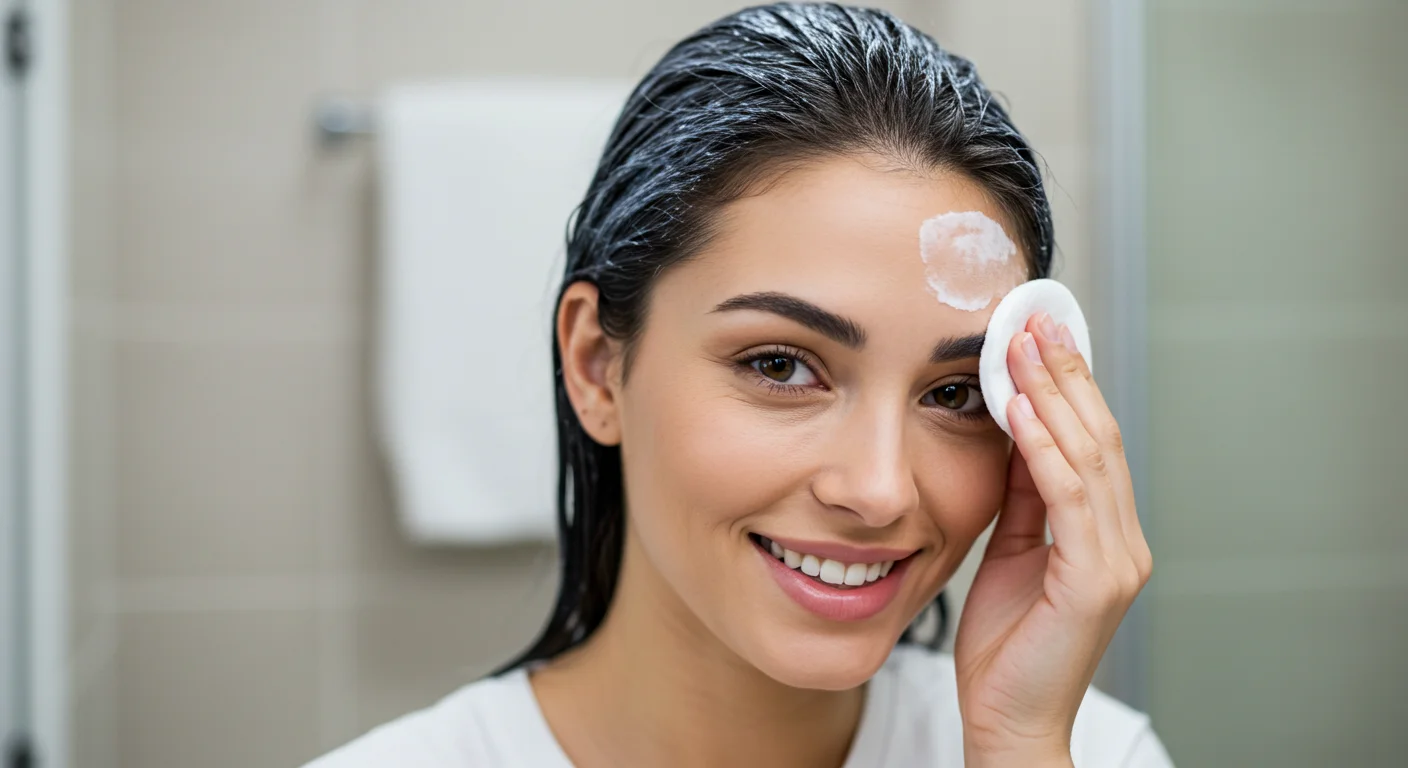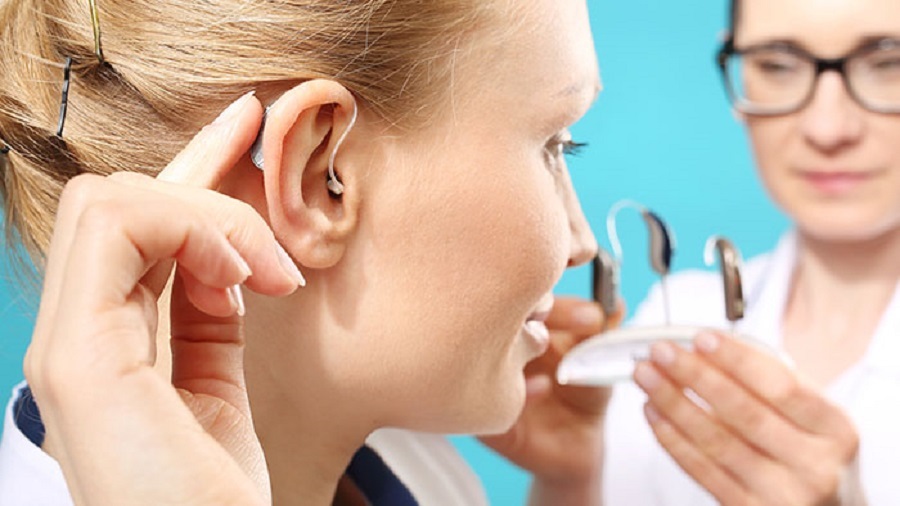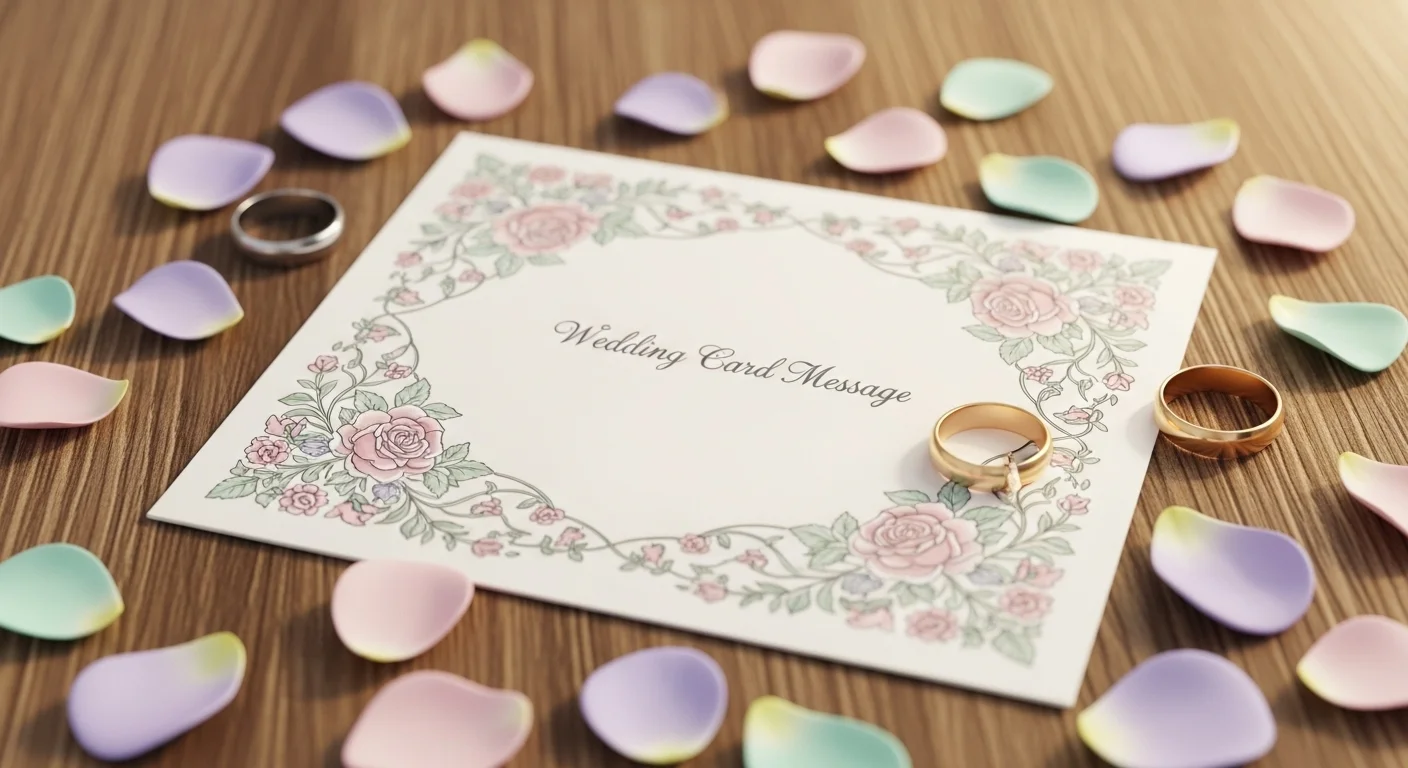If you have ever colored your hair at home, you probably know the struggle of finding traces of dye on your forehead, ears, or hands afterward. The stains can look stubborn, but they are not permanent if treated properly. In this guide, we will explain why hair dye stains skin, the safest and most effective removal methods, the precautions you need to take, and how to prevent stains in the future. By the end, you will know exactly how to get hair dye off skin without irritation.
Why Hair Dye Stains Skin:
Hair dye contains color pigments that are designed to penetrate hair cuticles, but these same pigments can also temporarily attach to the outer layer of skin. Since the skin has pores and natural oils, the dye binds to these surfaces and creates visible stains. Semi-permanent dyes are more likely to stain compared to permanent formulas because of their intense pigments.
Understanding this helps you choose the right solution. Oils, gentle cleansers, and mild abrasives work because they either break down the pigment or lift it from the skin’s surface. Stronger chemicals may also remove stains, but should be used with caution, especially on sensitive areas like the face.
First 5 Minutes: Emergency Protocol
If you catch the stain immediately, your chances of removing it quickly increase.
- Wipe away excess dye using a cotton ball or pad.
- Rinse the stained skin with warm water and mild soap.
- Apply micellar water or makeup remover to lift the pigment.
- If dye has entered the eye, rinse with cool water and seek medical attention.
Acting within the first five minutes can often remove most of the stain before it settles in.
Methods: how to get hair dye off skin
Different removal methods work at different levels of strength. Always begin with the gentlest approach and progress only if the stain persists.
1. Safe and Non-Irritating Options
2. Micellar water and makeup remover are among the safest solutions. Apply to a cotton pad, press gently against the stain for a few seconds, then wipe in small circles. Micellar water is designed to capture and lift away pigments without harming the skin barrier.
3. Oils such as coconut oil, baby oil, or olive oil can dissolve the dye while moisturizing your skin. Apply a thin layer, let it sit for 15 minutes, then wipe away.
4. Mild soap with warm water works best if the stain is still fresh. Lather gently and avoid scrubbing too harshly to prevent irritation.

Moderate Options for Stubborn Stains
- Baking soda and dish soap paste can act as a mild scrub. Mix equal parts, apply to the stain, and rub in circular motions. This method should only be used on areas that are not too sensitive.
- Non-gel toothpaste is another gentle abrasive. Apply a small amount, rub lightly with your fingertips, then rinse. It may take one or two tries to fade the stain completely.
How to get hair dye off skin Resort Options
- Rubbing alcohol or isopropyl alcohol can break down stubborn pigments but should only be used on small areas. Always do a patch test first, and never use it near your eyes or lips.
- Professional hair dye stain removers are available at salons and online. These are designed specifically for hair color cleanup and are generally safer than harsh household chemicals. Avoid using bleach, acetone, or strong solvents, as these can damage the skin and lead to burns or irritation.
Ingredient Safety and Interactions
Not all methods are suitable for everyone. If you have eczema, rosacea, or very dry skin, avoid harsh scrubs and alcohol. Pregnant individuals or those with sensitive skin conditions should stick to gentle options like oils and micellar water.
Combining strong products, such as alcohol with exfoliating scrubs, can damage your skin barrier. Always test on a small patch before using any new method.
Natural vs Chemical Methods:
When deciding between natural and chemical approaches, it helps to weigh the benefits and risks.
| Method | Effectiveness | Safety | Time to Work | Best For |
| Oil (coconut, olive, baby) | Moderate | Very safe | 10–15 minutes | Face, sensitive areas |
| Micellar water | Moderate | Very safe | 5–10 minutes | Face, hairline |
| Baking soda paste | Strong | Use with caution | 5 minutes | Hands, arms |
| Toothpaste | Moderate | Safe on tougher skin | 10 minutes | Around hairline |
| Rubbing alcohol | Strong | Can irritate | 1–2 minutes | Hands, not face |
This comparison shows that while natural methods are safer, chemical methods may work faster for stubborn stains.

Prevention and Professional Preparation
The best way to deal with stains is to avoid them in the first place. Before dyeing your hair, apply a thin layer of petroleum jelly along your hairline, ears, and neck. Wear gloves to protect your hands, and keep cotton swabs nearby to clean up drips quickly.
Professional salons use barrier creams and precise application techniques to minimize staining. Learning from these methods at home can make the process much cleaner.
When Dye Causes Irritation or an Allergic Reaction
Sometimes what looks like a stain may actually be irritation from the dye. Signs include redness, swelling, burning, or itching. If this happens, stop all removal attempts immediately and wash with mild soap and water.
Seek medical help if the reaction spreads or worsens. Always perform a patch test with new dye products before applying them to your entire head.
Long-Term Stains and Fade Strategies
If the stain does not come off after several attempts, patience may be the best solution. Hair dye usually fades naturally within three to five days as the skin exfoliates. Gentle exfoliation using a soft washcloth can help speed up the process.
For visible stains on the face, you can also use makeup to conceal them temporarily until they fade. This is often the safest approach when the skin is already irritated.
Expert Tips and Reliable Sources
Dermatologists recommend starting with gentle methods first to protect your skin barrier. Oils, micellar water, and mild cleansers are always safer than harsh chemicals. Professionals also advise against scrubbing too hard, as this can leave the skin raw and more prone to irritation. Using products designed specifically for hair dye removal, especially from trusted brands or salons, can provide effective results with less risk.
FAQ
Does hair dye come off skin on its own?
Yes, most stains fade naturally within a few days as the skin exfoliates.
Can I use olive oil to remove hair dye from my face?
Yes, olive oil is safe and effective for softening and lifting dye pigments.
Is it safe to use rubbing alcohol on skin?
It can be used on small areas like hands, but should be avoided on the face due to dryness and irritation.
What removes semi-permanent dye from skin?
Oil, micellar water, and baking soda paste work well on semi-permanent pigments.
Can toothpaste really remove hair dye stains?
Yes, non-gel toothpaste works as a mild abrasive, but it should be used gently.
How to prevent hair dye from staining skin?
Apply petroleum jelly before dyeing and clean up spills immediately.
Conclusion
Learning how to get hair dye off skin safely is all about starting with gentle methods, progressing carefully if needed, and taking steps to prevent stains before they happen. Oils, micellar water, and mild soaps are safe for most people, while baking soda or rubbing alcohol may be needed for stubborn stains. Prevention through barrier creams and proper preparation is the smartest long-term solution. With these techniques, you can enjoy freshly colored hair without worrying about unwanted stains.























Leave a Reply